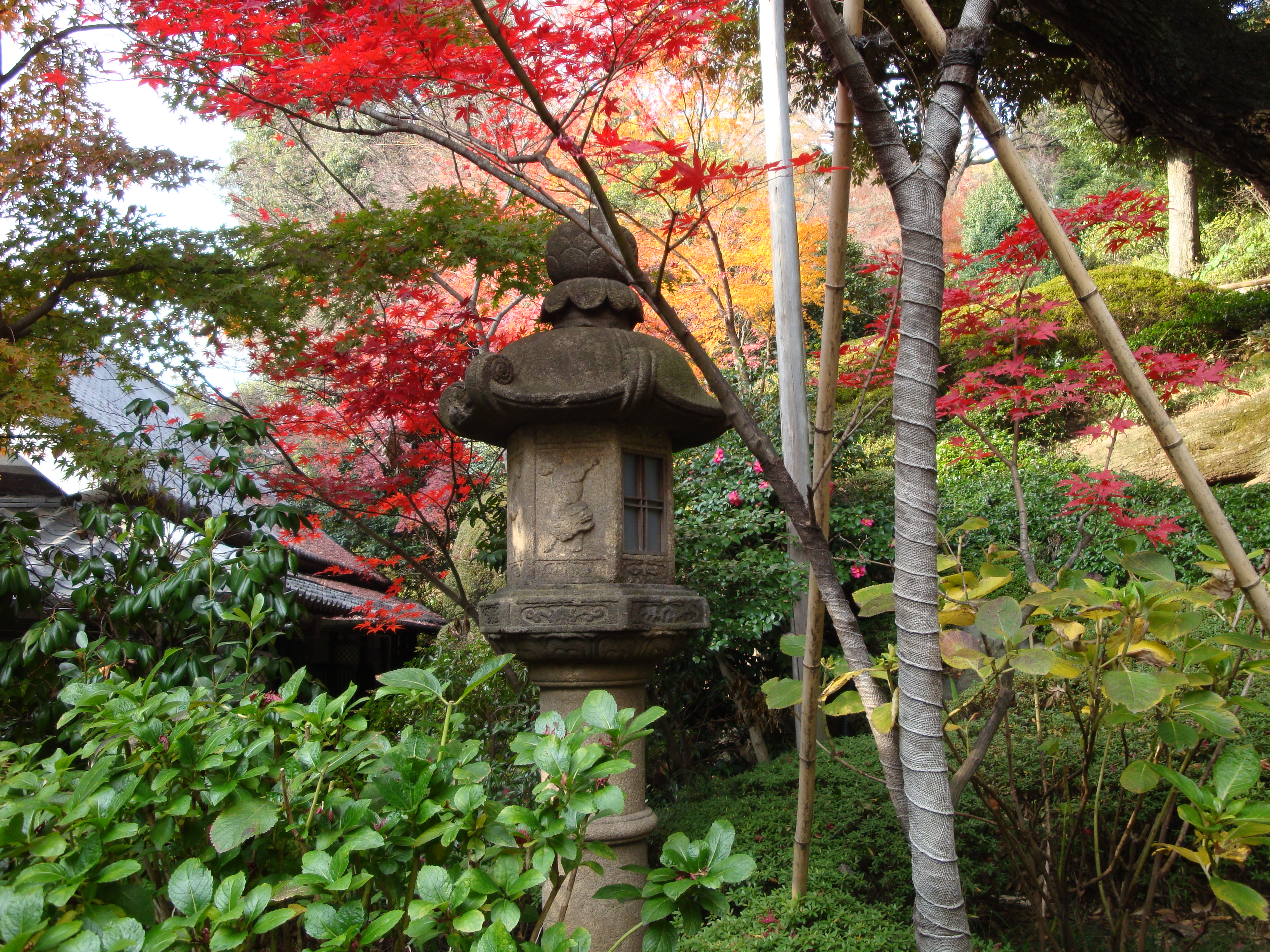|
Chinzan-sō Garden
is a Japanese garden located in Bunkyō, Tokyo. Founded in 1877, the garden is rich in historic remains and artifacts. The garden is part of the Hotel Chinzanso Tokyo property and can be accessed by walking from Edogawabashi Station. History In the 1600s, Matsuo Bashō, a renowned haiku poet of the Edo period, lived in a hut overlooking this property for four years. In the Meiji period the estate owner and well-known statesman Prince Yamagata Aritomo, Aritomo Yamagata built his mansion here and named it "Chinzan-so" or "House of Camellia" after the numerous camellia flowers that blossomed here; he made use of the undulating topography of the mansion grounds to its best advantage. The Prince hosted many important political meetings here. Records say that the Emperor Meiji held a number of important conferences with his high-ranking dignitaries at the "House of Camellia". Historical Artifacts When the property passed on to Baron Heitaro Fujita, he decorated the grounds with ... [...More Info...] [...Related Items...] OR: [Wikipedia] [Google] [Baidu] |
Japanese Garden
are traditional gardens whose designs are accompanied by Japanese aesthetics and philosophical ideas, avoid artificial ornamentation, and highlight the natural landscape. Plants and worn, aged materials are generally used by Japanese garden designers to suggest a natural landscape, and to express the fragility of existence as well as time's unstoppable advance. Ancient Japanese art inspired past garden designers. Water is an important feature of many gardens, as are rocks and often gravel. Despite there being many attractive Japanese flowering plants, herbaceous flowers generally play much less of a role in Japanese gardens than in the West, though seasonally flowering shrubs and trees are important, all the more dramatic because of the contrast with the usual predominant green. Evergreen plants are "the bones of the garden" in Japan. Though a natural-seeming appearance is the aim, Japanese gardeners often shape their plants, including trees, with great rigour. Japanese literatur ... [...More Info...] [...Related Items...] OR: [Wikipedia] [Google] [Baidu] |

